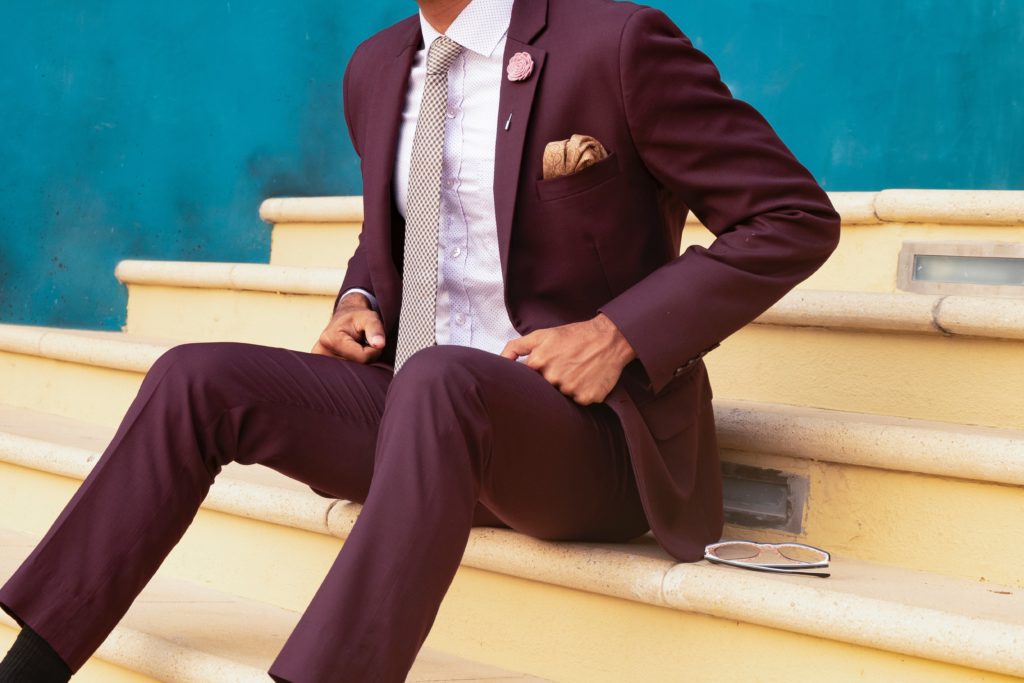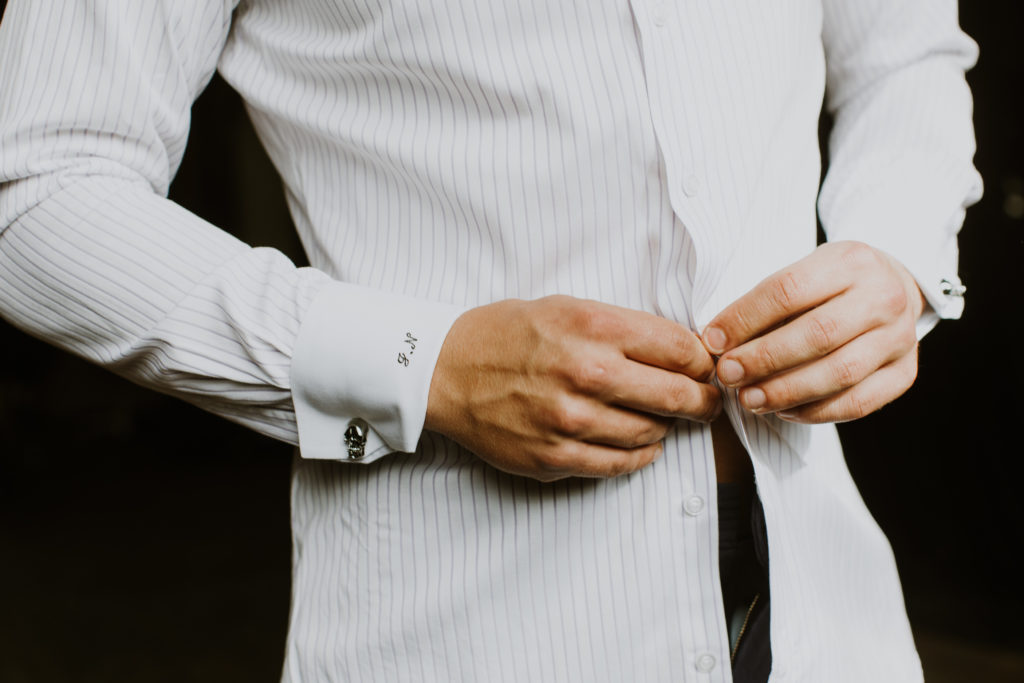It’s easy to pick a suit and tie combination that looks okay. But you don’t just want to look okay. You want to look like a stylish power dresser that’s ready for anything life throws at you; last-minute client presentations, after work drinks, or an invite to a black-tie wedding. But how can you ensure you pick the right shirt, suit and tie combination every time, without looking like a mismatched mess? Read on, my friend.
Matching your shirt, suit and tie comes down to three aspects; colour, pattern, and fabric. And while getting that perfect combination can seem impossible, we’re here to tell you that it’s easier than it seems.
Back to basics
When thinking about how on earth you’re going to match your suit, shirt and tie without spending three hours staring in the mirror, the easiest place to start is colour. If you’re not familiar with a colour wheel, you better get acquainted.

The basic premise of colour matching is that similar colours work together, such as various shades of blue, yellow and green and navy and deep purple. Generally, we can think about these in terms of “cooler” colours (blues, greens, and purples) and “warmer” colours (reds, pinks, and oranges). If you match warmer or cooler colours together you should be safe but don’t go overboard with one colour.
Contrasting shades also work well together; in fact, this can look much better than sticking to similar colours, and is easier to pull off. Typically, these are the shades that are pretty much opposite each other on the colour wheel, such as yellow and purple, or red and blue.
Simple? Sure. But that’s not all there is to it. Once you’ve matched your colours, you’ll still need to think about patterns and fabrics for your shirt and tie.
Shirt, suit and tie patterns
Matching different patterns can seem extremely daunting, especially when you’re trying to mix and match a paisley, polka dot or striped tie. After all, you don’t want people to go cross-eyed when they look at your shirt and tie!
But once you get the hang of mixing patterns, it’s a breeze.
The easy rule of thumb is to match larger-sized patterns with small. For example, match a large stripe printed tie with a finely-checked printed shirt. The suit can be a similar colour to your shirt. For example, a blue shirt might work well with a charcoal or grey suit.
But you wouldn’t match a shirt with a large print or pattern with a tie which also has a large print. You’d want to match it with a tie that is either solid or has a small, fine print.
Tip: Pick a tie pattern that is completely different from your shirt, for example, a floral tie with a fine-striped shirt. As long as the pattern proportions are different and the colours match, you should have created a great look.

Fabric choice
Once you have your shirt, suit and tie colours and patterns nailed, you can start to consider fabrics. Most of us gents opt for a silk tie, but if you’re feeling adventurous, a woollen or knitted tie can be a great way to add texture and depth to your shirt, suit and tie combination.

Whipping out the woollen tie, paisley shirt and bold suit all at once might be overkill, however. Woollen ties can look great with dark grey and charcoal winter suits, adding another dimension to your ensemble.
Knitted ties can look more casual, and a bright knitted tie can be a great way to spice up a more boring charcoal suit. This kind of tie can look rich and textured on its own though, so there’s no need to also add loud shirt and suit combinations.
So, there you have it; the best way to match your business shirt and tie. As tricky as it sounds, it’s not rocket science. Remember, if you have a feeling something doesn’t match, it probably doesn’t. If you’re not sure, leave it on the floor (not really, please hang it up!).
To find out more about how to style your shirt, suit, and tie, contact us today for more styling advice.


